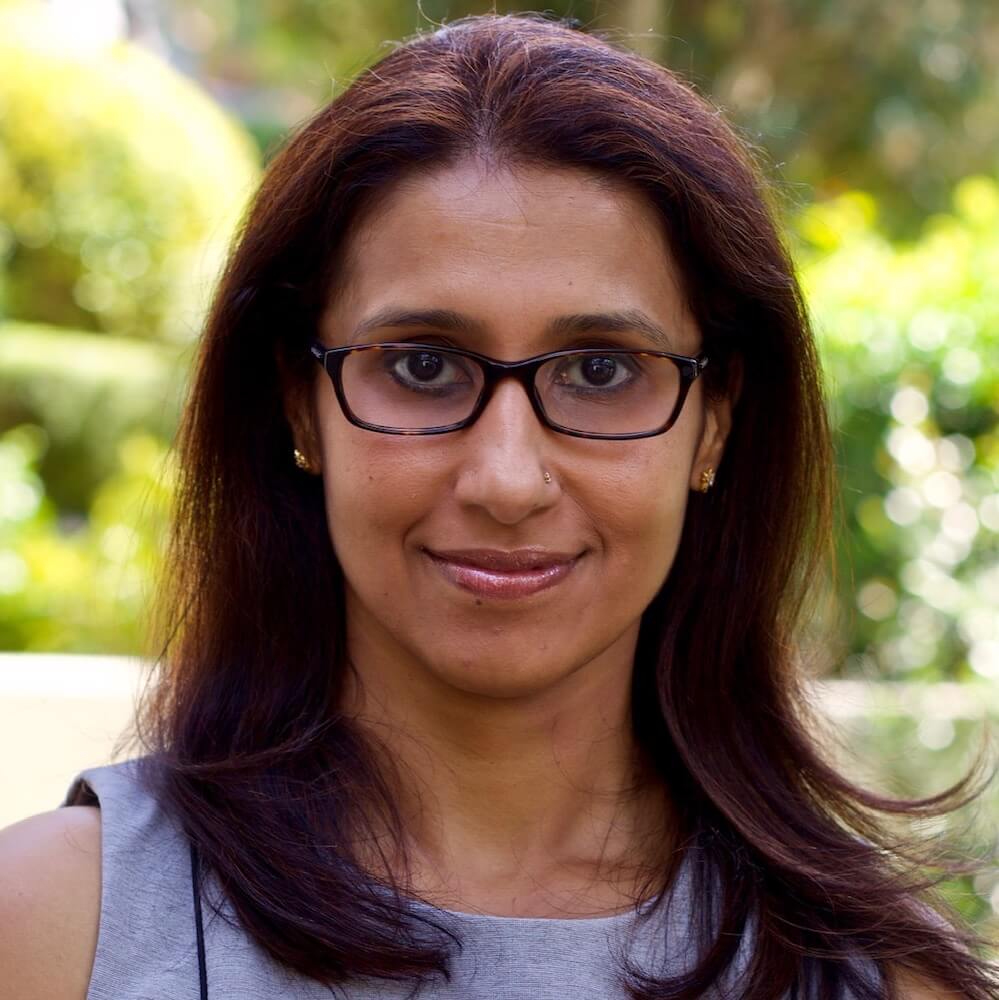Endometriosis and Adenomyosis
Published 31st March 2022 | Dr Ujwala Parashar
Endometriosis and adenomyosis are both disorders of the female reproductive system involving the endometrial tissue which lines the inside wall of the uterus. In endometriosis the tissue grows outside of the uterus and may involve the ovaries, pelvic walls, fallopian tube, or the bowel. In adenomyosis, the endometrial tissue grows into the muscle of the uterus and can cause the uterus to double or triple in size. Both conditions can be painful.
How common is endometriosis and adenomyosis?
Who might be at risk of developing endometriosis and adenomyosis?
What causes endometriosis and adenomyosis?
What are the symptoms of endometriosis and adenomyosis?
How is endometriosis and adenomyosis diagnosed?
What are the complications of endometriosis and adenomyosis?
How is endometriosis and adenomyosis cured or treated?
When should you arrange for a specialist consultation with Dr Parashar?
Dr Ujwala Parashar, Obstetrician & Gynaecologist
Dr Ujwala Parashar is a highly trained female obstetrician and gynaecologist with over 15 years of professional experience and training, practicing in Sydney's North Shore and Barangaroo. If you would like more information on conception, or if you are seeking obstetric options and advice, please contact us or call 1300 811 827 to arrange a consultation with her.

